There’s a unique alchemy to a truly great movie ending. It’s the final brushstroke on a canvas, the last note in a symphony, the moment where all threads converge, or spectacularly unravel. For film buffs and casual viewers alike, these concluding moments aren’t just a wrap-up; they’re the indelible stamp, the lingering thought, the secret message that stays with you long after the credits roll. They can be cathartic, shocking, or deeply philosophical, but above all, they are unforgettable, shaping our understanding of the entire cinematic journey that preceded them.
From a sports drama that deconstructs the American obsession with athletic prowess to psychological thrillers that leave you questioning reality, the power of a final scene lies in its ability to condense complex themes into a singular, impactful statement. These are the moments that cement a film’s place in history, provoke endless discussion, and sometimes, even challenge our own perspectives on the world. They’re a testament to the fact that how a story ends can be just as important, if not more so, than how it begins.
We’re peeling back the layers on some of cinema’s most potent final acts, exploring how these filmmakers crafted conclusions that resonate deeply and continue to spark conversation. These aren’t just endings; they’re declarations, carefully constructed to deliver a lasting impression, often loaded with layers of commentary and narrative brilliance. Let’s dive into the fascinating world where stories truly stick the landing.
1. **Him**
Justin Tipping’s “Him” is a film that doesn’t just end; it explodes, offering a visceral commentary on the dark underbelly of American sports. On the surface, it’s a horror movie, a “nightmare look into the world of sports,” but its finale reveals layers of biting social critique, much in the vein of Jordan Peele’s Monkeypaw Productions. The film culminates in young quarterback-hopeful Cameron “Cam” Cade murdering his idol, legendary QB Isaiah White, in a bizarre ritual—a shocking act that immediately signals this is no ordinary sports narrative.
However, the true punch of “Him” comes after this gruesome ritual. Just as Cam is about to sign a contract with the team’s owners, fulfilling the very dream he’s been groomed for, he has a profound change of heart. This isn’t just about rejecting a contract; it’s about rejecting an entire system. He goes on “a bloody rampage, murdering all the rich executives and walking off a field with his head held high,” a move that dramatically shifts the film’s focus from individual ambition to systemic rebellion.
This ending is a powerful statement against the “commodification and corporatization of sports in the country.” The movie explicitly changes tone from an original script, where the player would accept a ‘deal-with-the-devil’ to achieve greatness. Instead, Cam rejects being “a cog in a machine, one that can be easily replaced,” taking control of his own legacy. It’s a defiant act, a player fighting for agency and rejecting the predetermined path laid out by powerful, wealthy owners, culminating with “a fighter jet flyover with red/white/blue smoke soars overhead while the band continues to play,” ironically underscoring the very cultish obsession Cam has broken free from.
Read more about: Robert Redford’s Love Story: Why His Wife Never Watched His Films & Their Decades of Private Devotion

2. **Fight Club**
It’s genuinely hard to reconcile that David Fincher’s “Fight Club,” now considered a quintessential piece of late-90s cinema, wasn’t an immediate box office smash upon its 1999 release. Yet, its epic ending has since become one of the most talked-about and iconic final sequences in film history. This wasn’t merely a conclusion; it was a societal explosion, both literal and metaphorical, that tied up a disturbingly intricate narrative with a bow made of anarchic chaos.
The visual spectacle of a city collapsing, rendered with stunning effect, provides the perfect backdrop to the film’s philosophical dismantling of consumerism and identity. As buildings crumble and glass rains down, the audience isn’t just watching destruction; they’re witnessing the tangible manifestation of Tyler Durden’s (and the Narrator’s) anti-establishment ideology taking hold. It’s a moment of profound visual storytelling that perfectly captures the film’s subversive spirit.
But what truly elevates this ending into the pantheon of cinematic greatness is its masterful use of music. Having The Pixies’ “Where Is My Mind” play over the exploding city isn’t just a song choice; it’s a perfectly orchestrated emotional cue that amplifies the sense of bewildering beauty and nihilistic triumph. It’s an auditory punctuation mark that ensures the scene, and its complex themes of personal transformation and societal rejection, remain ingrained in the viewer’s memory long after the screen fades to black. The Narrator’s final words, “You met me at a very strange time in my life,” delivered amidst the chaos, encapsulate the film’s journey into the bizarre and the acceptance of a new, fractured reality.
Read more about: Beyond the Blockbusters: 9 ‘Best Finds’ of 2025 for Every Discerning Indie Cinema Fan
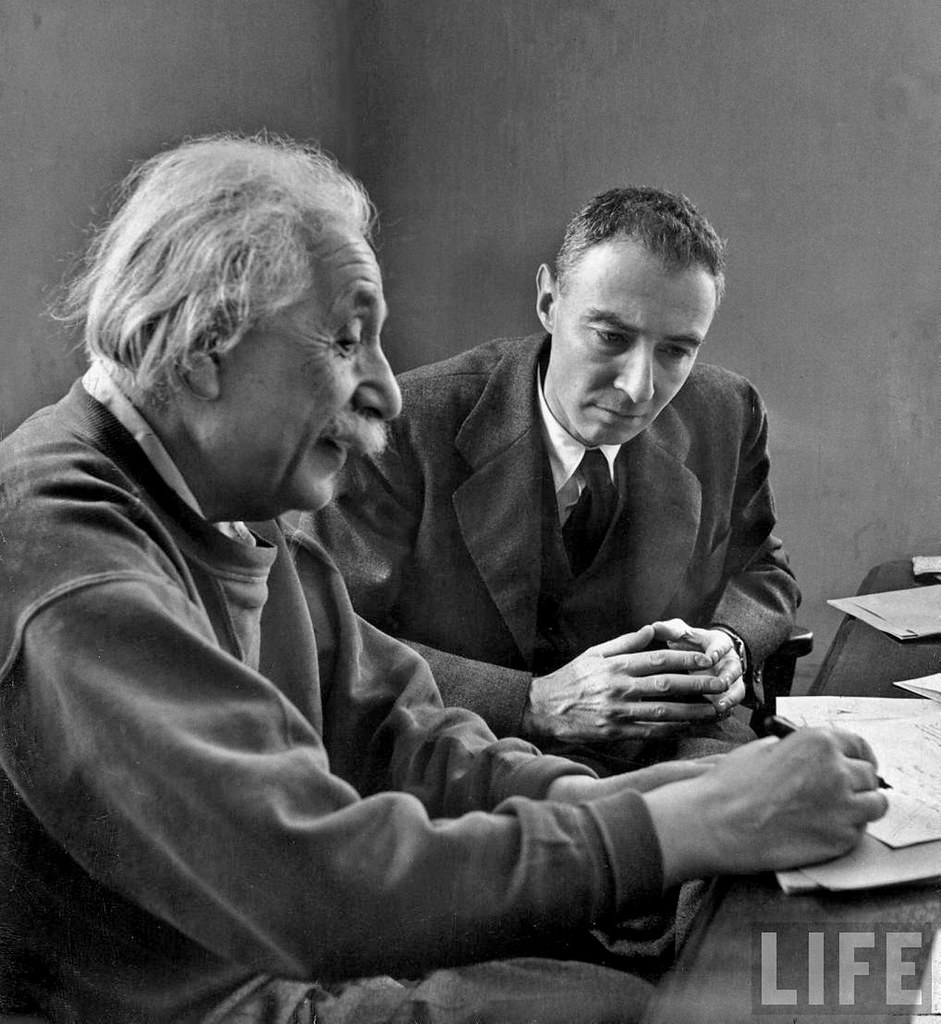
3. **Oppenheimer**
Christopher Nolan, a director synonymous with intricate narratives and temporal manipulation, achieved an extraordinary feat with “Oppenheimer.” Rather than concluding with the immediate aftermath of the Manhattan Project’s success, Nolan masterfully crafted a climax that centers not on the ‘big boom,’ but on the internal reverberations within Robert Oppenheimer himself. The film tells the entire sprawling story, including the repercussions that followed, yet brings its emotional and thematic peak to the moment of the first nuclear bomb test.
This choice is pure Nolan: using time and narrative structure to magnify the personal over the historical. While the explosion itself is monumental, the film’s ending focuses intently on Oppenheimer’s internal world. It’s a quiet, harrowing moment of self-reflection and profound doubt, as he debates “if it was all the right thing to do.” The audience isn’t left merely awestruck by the destructive power unleashed; they are drawn into the moral and ethical torment of the man who facilitated it.
Nolan’s ability to maintain a sense of escalating tension even with a known historical outcome is remarkable. The film could have ended with triumph or despair, but instead, it concludes with an unsettling ambiguity. It is Oppenheimer grappling with the monstrous legacy he has wrought, a personal reckoning that offers a chilling, open-ended question about the true cost of scientific advancement and its ethical implications. This internal focus makes the ending less about the explosion and more about the man burdened by its irreversible consequences.
Read more about: CNET’s Definitive Guide: Unpacking the Best Value Streaming Services and Bundles of 2025

4. **Psycho**
Alfred Hitchcock, the master of suspense, delivered an ending in “Psycho” that stands as a testament to his genius for psychological horror. It’s a quiet bang, devoid of grand explosions or heroic declarations, yet it leaves audiences “freaked out and thinking about [it for] days and even years later.” The enduring power of this final scene lies in its chilling simplicity and the profound disturbance it evokes.
The image of Norman Bates, played with unsettling brilliance by Anthony Perkins, staring directly into the camera is iconic for a reason. His gaze isn’t just a look; it’s an invitation into the fractured psyche of a killer, underscored by the bone-chilling internal monologue we hear. This narrative device allows the audience a horrifying glimpse into the mind of the monstrous ‘Mother,’ revealing the complete subsumption of Norman’s identity. It’s a moment of pure, unadulterated terror because it forces us to confront the true nature of his madness.
This ending is perfect because it doesn’t offer neat resolutions or easy comfort. Instead, it leaves an indelible impression of profound psychological sickness. The final line, delivered by the internalized voice of Mrs. Bates through Norman, “Why, she wouldn’t even harm a fly,” is the ultimate piece of dark irony, cementing the film’s status as a masterpiece of suspense and psychological horror. It’s a reminder that the scariest monsters often hide in plain sight, with the most seemingly benign exteriors.
Read more about: Stuart Craig, Visionary Production Designer Who Defined Cinematic Worlds From Hogwarts to ‘Gandhi,’ Dies at 83
5. **Dead Poets Society**”
“Dead Poets Society” delivers an ending so emotionally resonant that it has become synonymous with the film itself. It’s a scene guaranteed “to bring a tear to your eye every time you see it,” and for good reason. As the unconventional and inspiring English teacher John Keating, played by the incomparable Robin Williams, walks out of his classroom after being unjustly fired, his students deliver a tribute that transcends mere cinematic gesture.
The iconic moment arrives when the students, one by one, stand upon their desks, bravely defying the oppressive authority of Vice Principal Nolan. Their collective recitation of “O Captain! My Captain!” from Walt Whitman’s famous poem isn’t just a farewell; it’s a powerful act of solidarity, a testament to the profound impact Keating has had on their lives. It signifies their intellectual awakening and their newfound courage to “seize the day” – Carpe Diem – even in the face of institutional pushback.
This ending is a triumphant assertion of individuality, critical thinking, and the enduring power of mentorship. It speaks to the courage required to challenge the status quo and to find one’s own voice. The students’ elevated positions on their desks aren’t just symbolic; they literally embody the new perspectives and aspirations Keating has instilled in them, making this finale a timeless ode to rebellion, inspiration, and the transformative power of education.
Read more about: Grab the Tissues! 11 Movie Character Deaths That Still Absolutely Wreck Us, From Iron Man’s Sacrifice to Jenny’s Goodbye
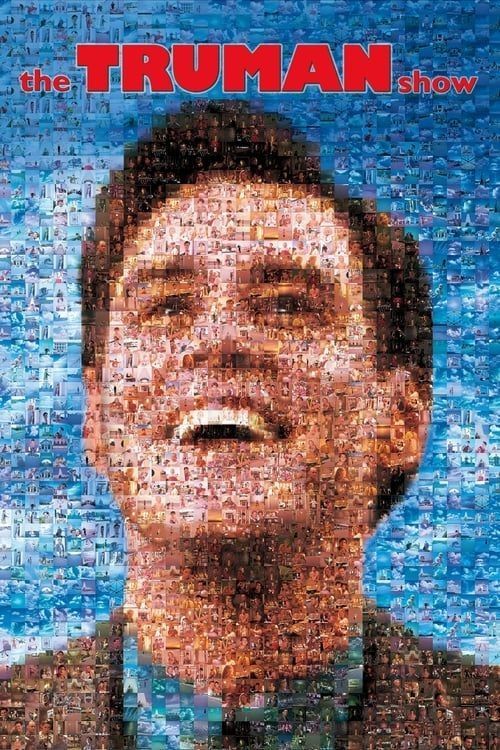
6. **The Truman Show**”
“The Truman Show” stands as one of Jim Carrey’s most celebrated and emotionally complex films, and its ending is undoubtedly a cornerstone of its enduring appeal. The journey of Truman Burbank, from unwitting star of a global reality show to an awakened individual seeking genuine freedom, reaches its poignant climax in a sailing trip across his manufactured ocean. This harrowing voyage, fraught with orchestrated storms and psychological manipulation, underscores the immense courage required to break free from a gilded cage.
When Truman finally reaches the edge of his world, literally touching the painted backdrop of his sky, the emotion of the moment is palpable. His discovery of the door to the outside world, and his decision to walk through it, captures the audience’s hearts perfectly. It’s a triumphant escape from a life meticulously curated by unseen forces, a powerful symbol of self-determination against overwhelming odds. The film, in its final moments, champions the human spirit’s innate desire for truth and authenticity.
Truman’s simple yet profound farewell, “In case I don’t see ya, good afternoon, good evening, and good night!” delivered with a bow before he steps into the unknown, encapsulates the entire film’s exploration of reality and freedom. It’s an act of agency that validates his entire struggle, leaving viewers with a powerful sense of hope and the exhilarating thrill of true liberation. This ending isn’t just about one man’s escape; it’s a universal statement about the courage to seek one’s own path, even when faced with the terrifying uncertainty of a world beyond what you’ve always known.
Read more about: The Global Laughter Chronicles: 12 Sitcoms That Shaped Entertainment Around the World

7. **The Silence Of The Lambs**”
“The Silence Of The Lambs” delivers an ending that is as chilling as it is iconic, leaving audiences in a disturbing state of rooting for a psychopathic serial killer. The film’s conclusion sees the famously manipulative Hannibal Lecter, having escaped his imprisonment, now in disguise and tracking his nemesis, Dr. Chilton, as he disembarks a plane in a tropical location. This final scene is a masterclass in unsettling implication, refusing to offer the audience easy closure.
What makes this ending so impactful is its refusal to punish Lecter, instead granting him a twisted form of freedom and the promise of further malevolent acts. His casual pursuit of Chilton, a man who had exploited and tormented him, creates a perverse sense of satisfaction for the audience, despite the moral implications. It’s a dark testament to the character’s charisma and intellectual dominance that we, for a fleeting moment, align with his horrific intentions.
The final line, delivered with unnerving calm and a sinister undertone, is legendary: “I’m having an old friend for dinner.” This declaration is not just a threat; it’s a chilling promise that cements Lecter’s status as a cultured cannibal, leaving the audience to grimly infer the fate of Dr. Chilton. It’s a terrifying, unforgettable close to a masterpiece of suspense, ensuring that Lecter’s presence, and his capacity for unspeakable acts, continues to haunt long after the credits roll. The film expertly avoids a tidy resolution, instead opting for a conclusion that underscores the persistent, insidious nature of evil.
Read more about: Robert Redford: An American Icon’s Enduring Legacy as Screen Idol, Visionary Director, and Tireless Activist
8. **Thelma & Louise**
There’s arguably no more epic movie ending than “Thelma & Louise,” a film that solidifies its cinematic place not with a whimper, but an explosive, defiant roar. After a relentless multi-state chase, these two titular characters, driven by circumstance and newfound liberation, make a decision that transcends mere plot resolution. It’s a powerful declaration of solidarity and a rejection of the system that relentlessly pursued them for a justified crime.
Their choice to literally ride off into the sunset—or, more accurately, off a cliff—as police close in, isn’t just a dramatic visual; it’s a profound statement of agency. Faced with capture, they choose freedom on their own terms, together, until the very end. The image of their car soaring into the abyss, frozen in that iconic frame, becomes a potent symbol of female rebellion and an unbreakable bond that defies conventional morality.
This isn’t just about escape; it’s about making a stand, choosing one’s destiny when options vanish. It’s a testament that true liberation sometimes means refusing to surrender one’s spirit. Thelma and Louise’s last ride is etched into our collective memory as a moment of absolute triumph, cementing their legacy as icons who dared to challenge constraints, riding “in it together to the end.”
Read more about: Brad Pitt’s Enduring Legacy: A GQ Look at His Most Iconic Roles and Career Milestones
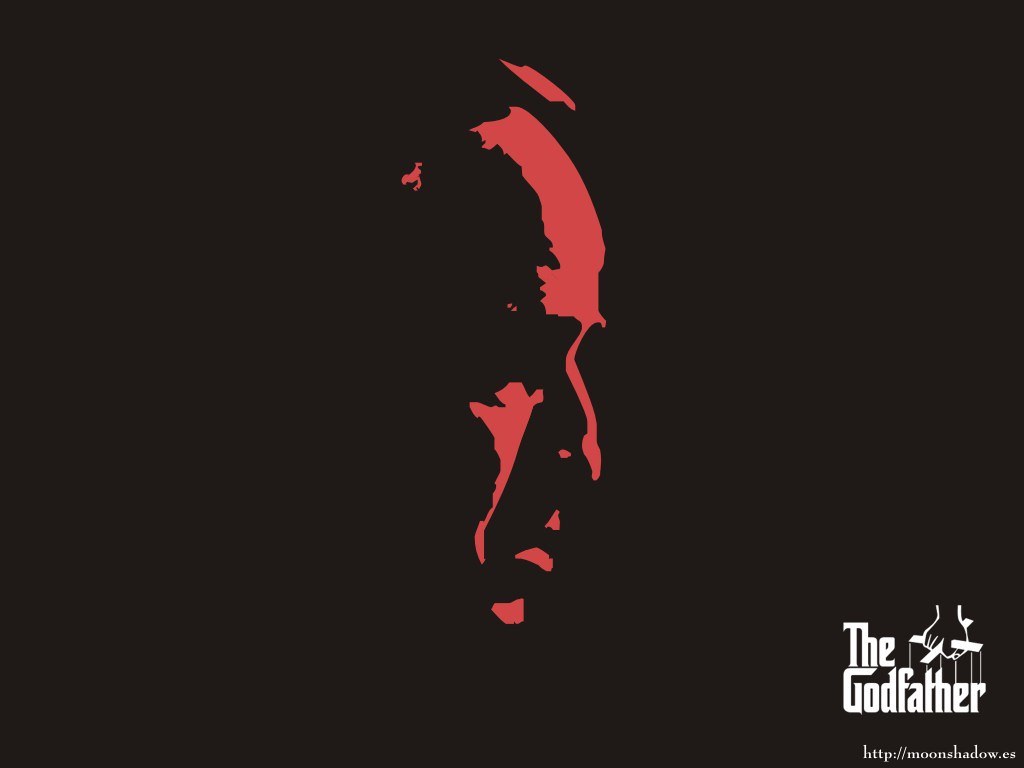
9. **The Godfather**
Few sagas in cinema possess the gravitas and enduring power of “The Godfather,” and the first film’s concluding scene stands as one of its most arresting moments. We witness the chilling culmination of Michael Corleone’s transformation, a journey from reluctant war hero to the ruthless, calculating Don. It’s a sequence that not only ties up narrative threads but redefines his entire character, leaving an indelible mark on cinematic storytelling.
The scene’s brilliance lies in its intimate yet devastating confrontation between Michael and Kay Adams. Michael, maintaining a facade of innocence, confronts Kay’s suspicions, denying his involvement in the family’s brutal dealings. His lies, delivered with unsettling calm, serve as a final, brutal severing of his ties to a conventional, moral life. This moment is a chilling self-actualization as he fully embraces his role as the crime family’s patriarch, the “Don Corleone.”
What truly elevates this ending is the infamous final shot: the door closing in Kay’s face. This isn’t merely a door; it’s a symbolic barrier, sealing Michael’s fate within the shadowy world of the mob and shutting Kay out, perhaps forever. It’s tragic yet incredibly powerful, encapsulating the film’s exploration of ambition, power, and the corrosive nature of organized crime, leaving audiences questioning the true cost of power and destructive family bonds.
Read more about: Hollywood Muscle: 15 Strongest Stars on the Big Screen
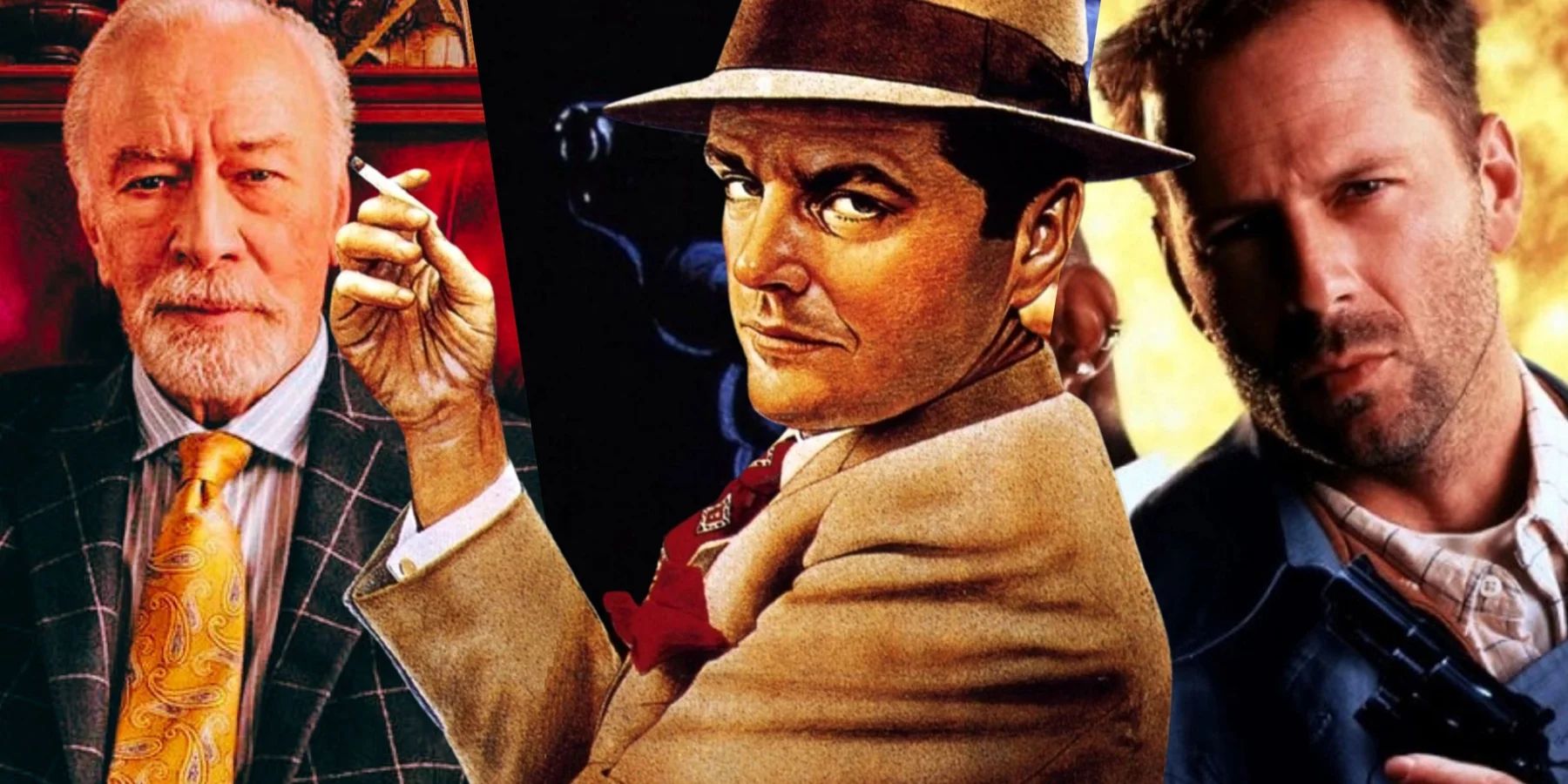
10. **Chinatown**
Despite its last line of dialogue urging us to “forget about it,” it is utterly impossible to erase the tragic ending of “Chinatown” from one’s memory. This neo-noir masterpiece delivers a conclusion so bleak and unsettling that it resonates with visceral impact, cementing its status as a quintessential piece of American cinema. It’s a finale that strips away any illusion of justice, leaving a profound sense of despair and the haunting notion that some evils simply cannot be overcome.
The climax sees Evelyn Mulwray, portrayed by the magnificent Faye Dunaway, desperately attempting to escape the clutches of her domineering and monstrously evil father, Noah Cross. Her bid for freedom, a last-ditch effort to protect her daughter, is brutally cut short. In a shocking burst of violence, she is tragically killed, a stark reminder that even in her courageous defiance, the pervasive corruption and familial depravity are too potent to evade. The scene is a gut punch, shattering any hope for a redemptive resolution.
Jake Gittes, the ostensibly sharp private investigator, is left utterly distraught, his efforts to uncover the truth proving ultimately futile against deeply entrenched villainy. The film’s final, chilling instruction — “Forget about it, Jake, it’s Chinatown” — isn’t a comfort; it’s a stark philosophical statement. It underscores the film’s cynical view of power and justice, suggesting some evils are so deeply woven into society that they are irreversible. It’s an ending that denies catharsis, instead offering a profound and unsettling contemplation on the limits of human agency.
Read more about: Blast from the Past: Unearthing 13 ’80s Film Gems You Absolutely Need to See (But Nobody Ever Mentions!)
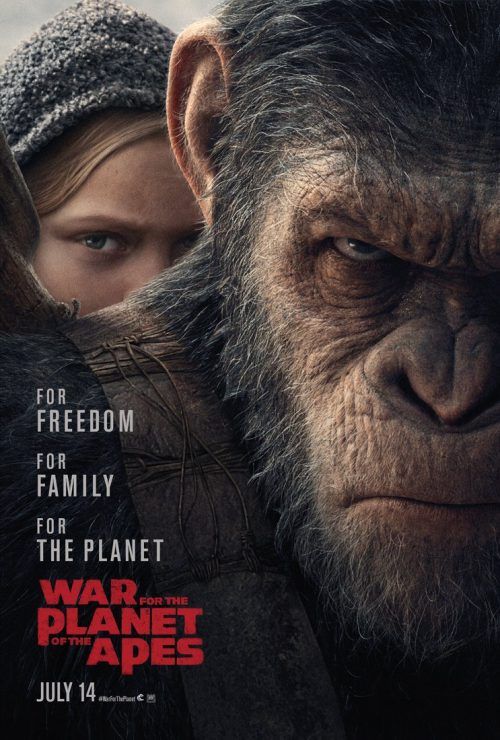
11. **Planet Of The Apes**
For sheer, jaw-dropping impact, few endings in cinematic history can rival the iconic twist that concludes the original “Planet Of The Apes.” This 1968 science fiction classic, starring Charlton Heston, delivered a final reveal so unforgettable that it has transcended the film itself, becoming a cornerstone of pop culture and a reference point for shocking narrative reversals. It’s a testament to ingenious screenwriting that even those who have never seen the movie often know its culminating secret.
Throughout the film, astronaut George Taylor (Heston) believes he is stranded on a distant, alien planet populated by intelligent apes who have subjugated a primitive human race. The audience is expertly led along this journey, immersed in the struggles of survival and the philosophical debates about intelligence and civilization. The narrative meticulously builds a convincing new world, creating a powerful sense of detachment from anything resembling Earth.
The genius of the ending lies in its sudden, brutal demolition of this constructed reality. As Taylor, having escaped the ape society, rides along a desolate beach, he stumbles upon the half-buried remains of the Statue of Liberty. The horrifying realization dawns upon him, and by extension, the audience: he hasn’t been on a distant planet at all. He’s been on Earth the whole time, a future Earth devastated by a nuclear apocalypse. This reveal isn’t just a plot twist; it’s a devastating commentary on humanity’s self-destructive nature, leaving an indelible, chilling impression of irony and profound loss.
Read more about: Robert Redford’s Love Story: Why His Wife Never Watched His Films & Their Decades of Private Devotion
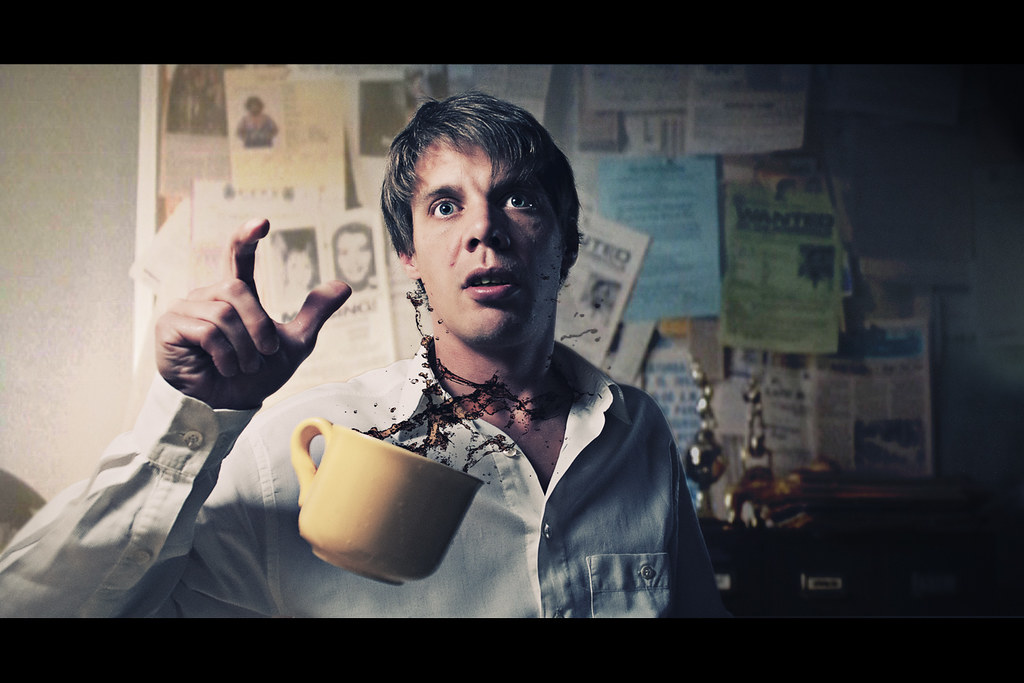
12. **The Usual Suspects**”
“The Usual Suspects” earned its niche with one of cinema’s most beloved twists, its ending a masterclass in narrative deception and triumphant villainy. This isn’t just a reveal; it’s a meticulously crafted illusion unraveling in real-time, leaving audiences breathless and scrambling to re-evaluate every preceding moment. It’s the kind of cinematic mic-drop that fundamentally alters how you perceive the entire story.
The film largely follows Detective Dave Kujan interrogating the seemingly meek, impaired Verbal Kint, played by Kevin Spacey. Verbal spins an elaborate tale of a legendary crime lord, Keyser Söze, and a series of events. The audience, like Kujan, is drawn into this intricate narrative, convinced of its authenticity, despite doubts about its fantastical elements.
The true genius ignites in the final minutes. As Kujan smugly realizes Verbal’s story was a fabrication built from office scraps, the scene cuts to Verbal slowly shedding his limp and straightening as he walks away. This converges on the chilling revelation: Verbal Kint *is* Keyser Söze. With that final breath of smoke, the “poof,” the unassuming criminal transforms into the mythical mastermind, leaving a bewildered detective and a stunned audience. It’s an epic scene redefining cinematic twists, proving the most dangerous villains often hide in plain sight.
Read more about: Beyond the Hype: 14 Critically Panned Sci-Fi Gems You Absolutely Need to See Right Now
13. **Casablanca**
Few films are as eternally quotable and romantically resonant as “Casablanca,” a cinematic touchstone whose enduring legacy is bolstered by its magnificent ending. Beyond its treasury of lines now part of the lexicon, the film concludes with a final shot as iconic as it is philosophically rich, eschewing traditional romantic resolution for something far more profound.
The climax sees Rick Blaine, the cynical but principled proprietor of Rick’s Café, making the heart-wrenching decision to send Ilsa Lund away with her husband, Victor Laszlo. It’s a sacrifice born of wartime necessity and duty, sealing the fate of the star-crossed lovers. Instead of a passionate reunion, the film pivots, offering an “unexpected friendship” that blossoms amidst the fog and turmoil of war.
The final shot of Rick and Captain Louis Renault, whose cynicism gives way to camaraderie, walking off into the fog is a true work of cinematic art. Rick’s unforgettable line, “Louis, I think this is the beginning of a beautiful friendship,” is not merely an iconic quote; it’s a statement of stoic hope. It encapsulates the film’s nuanced take on heroism and collaboration, suggesting new bonds and beginnings can emerge from sacrifice, ensuring “Casablanca” resonates as a timeless ode to moral courage and human connection.
Read more about: Echoes from the Deep: Chronicling America’s Most Devastating Naval Losses of World War II
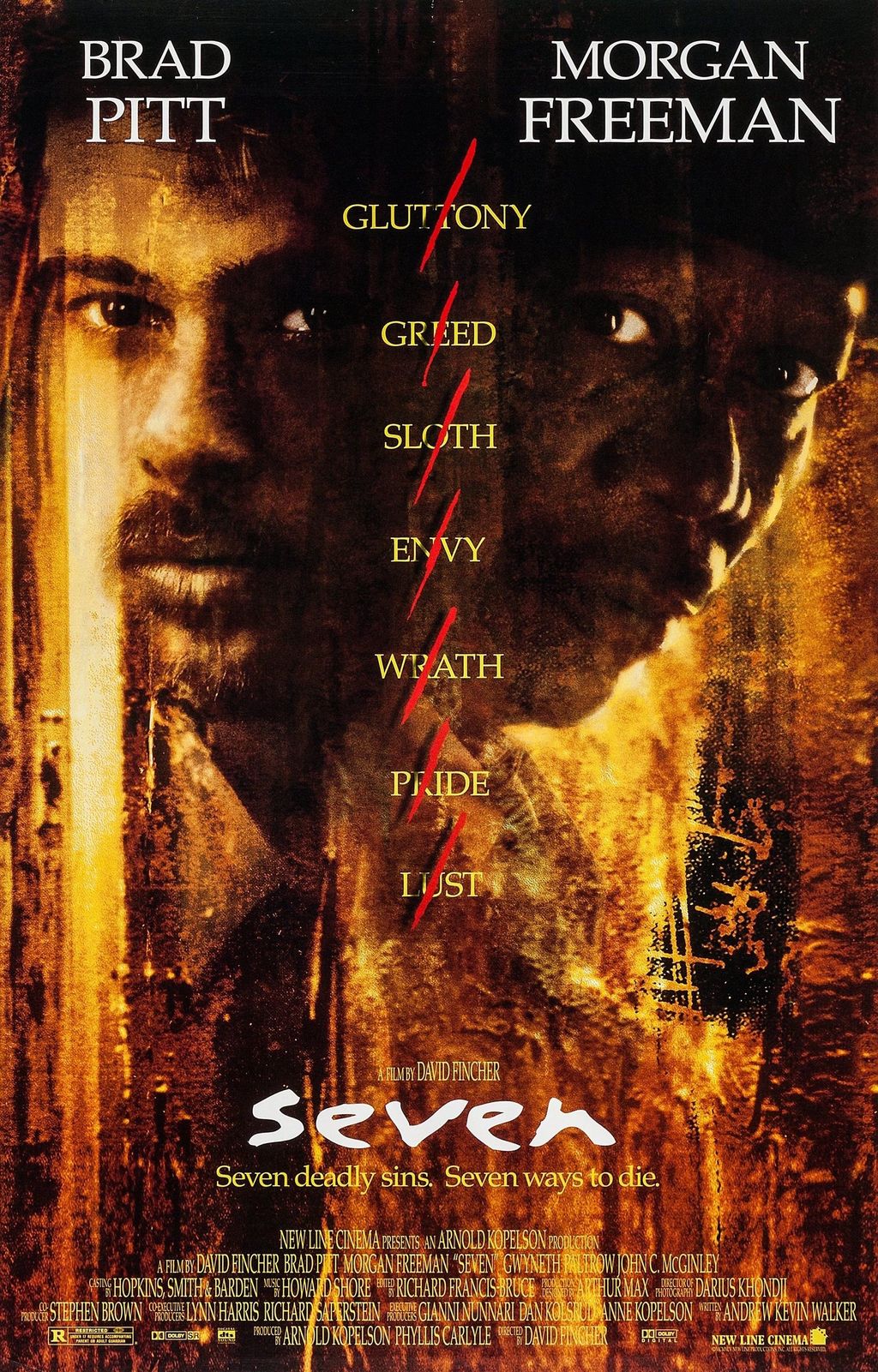
14. **Se7en**
It doesn’t get more disturbing, or masterfully manipulative, than the gut-wrenching end of David Fincher’s “Se7en.” This isn’t just a movie that concludes; it’s one that drops a narrative bomb, leaving audiences stunned, pondering horrifying implications for days. The antagonist, John Doe, remains firmly in control until the last frame, orchestrating a finale as grim as it is unforgettable, a benchmark for dark thrillers.
The film’s relentless pursuit of a serial killer obsessed with the seven deadly sins reaches its horrific crescendo in a desolate landscape. Detective Mills, played by Brad Pitt, already on edge, is pushed to his breaking point. Here, John Doe reveals his ultimate, meticulously planned act: the delivery of “the box,” containing the severed head of Mills’ pregnant wife. This shocking reveal is the catalyst for Doe’s final triumph, a perverse victory achieved by manipulating Mills into committing the sin of Wrath.
John Doe’s genius lies in his complete control. He provokes Mills into executing him, thus becoming both “Envy” and “Wrath.” The final pull-back shot from the helicopter, as radio chatter recounts the tragic events, leaves the audience with a profound sense of helplessness and moral ambiguity. It’s a conclusion reinforcing the antagonist’s chilling mastery over his victims and the narrative, ensuring the film’s grim philosophy—that evil can truly win—lingers long after the screen fades to black.
**The Enduring Echoes of the Final Frame**
Read more about: 10 Movie Deaths That Utterly Ruined Our Day: Get Ready to Relive Those Gut-Wrenching Cinematic Moments
As we conclude our deep dive into these fourteen unforgettable cinematic endings, it becomes unequivocally clear that a truly powerful finale is far more than just a wrap-up. It’s a narrative exclamation point, a philosophical query, and often, a secret message delivered straight to our collective consciousness. From defiant escapes that soar off cliffs to the chilling revelations behind a killer’s smile, these films masterfully manipulate emotion, intellect, and expectation. They reshape not just the stories they tell, but our very perception of them, reminding us that the final frame can linger longer than any scene that precedes it. It’s in these moments that cinema cements its legacy, whispering its profound secrets long after the credits have rolled.








